Affiliate links on Android Authority may earn us a commission. Learn more.
How to install Linux apps on your Chromebook

Thanks to Linux support on Chromebooks, the Play Store isn’t the only place you can use to download apps. Many Chrome OS devices can run Linux apps, which makes them all that more valuable.
Installing a Linux app isn’t as simple as installing an Android app, but the process isn’t complicated once you get the hang of it. The good news is that when done correctly, you’ll get all of the upsides of Linux without the risk of bricking your system.
QUICK ANSWER
To install Linux apps on a Chromebook, make sure your Chromebook is running Chrome OS 69 or newer. Open Settings > Advanced > Developers and click Turn on next to the Linux developer environment tab. Follow the instructions, and enter the relevant commands in the Linux terminal that pops up.
JUMP TO KEY SECTIONS
Check your Chrome OS version and update, if needed
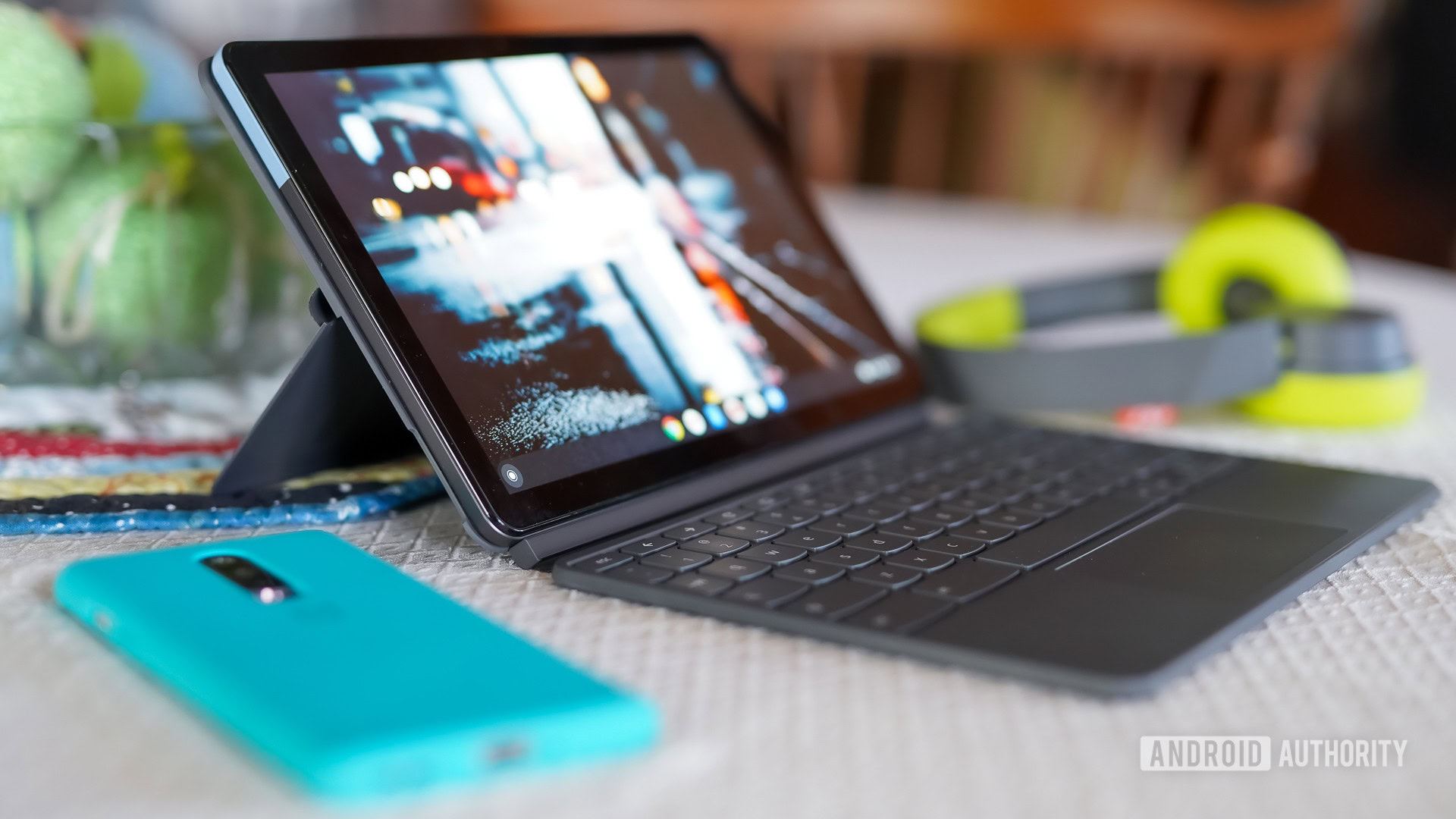
The first step is to check your Chrome OS version to see if your Chromebook supports Linux apps.
- Open the Settings app.
- In the left navigation pane, select the About Chrome OS option.
- Check your Chrome OS version in the right pane, under Google Chrome OS.
- If it is lower than version 69, click on the Check for updates button to the right of the version information.
- Wait for the update to download and complete, and restart the Chromebook when prompted.
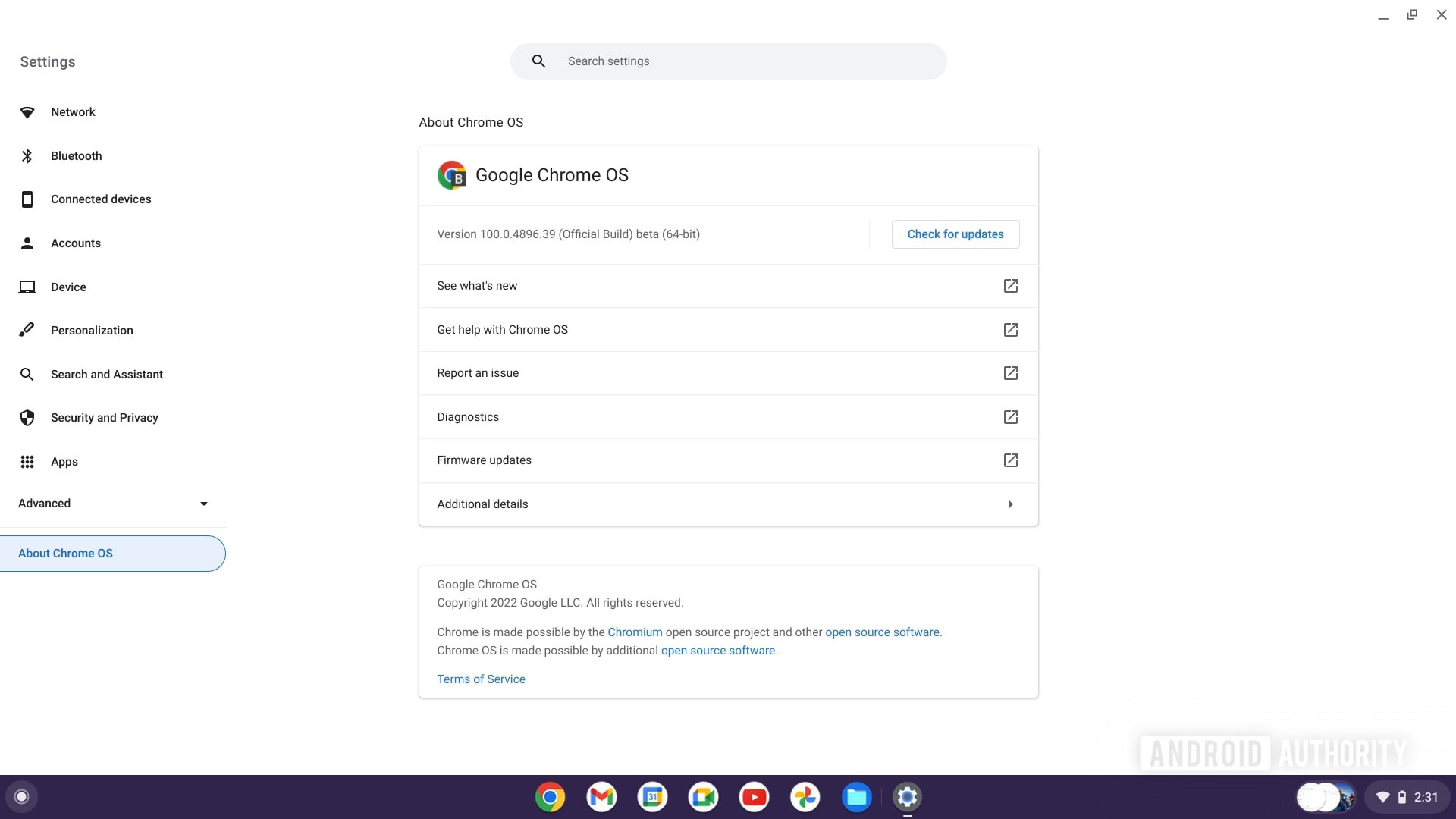
If you’re running Chrome OS 69 or later, you can download Linux apps. If not, you’re out of luck. However, if updating the Chromebook gets you to a newer version, you should be good to go. Alternatively, you can check our list of Chromebooks that support Linux apps.
Enable Linux on Chromebook
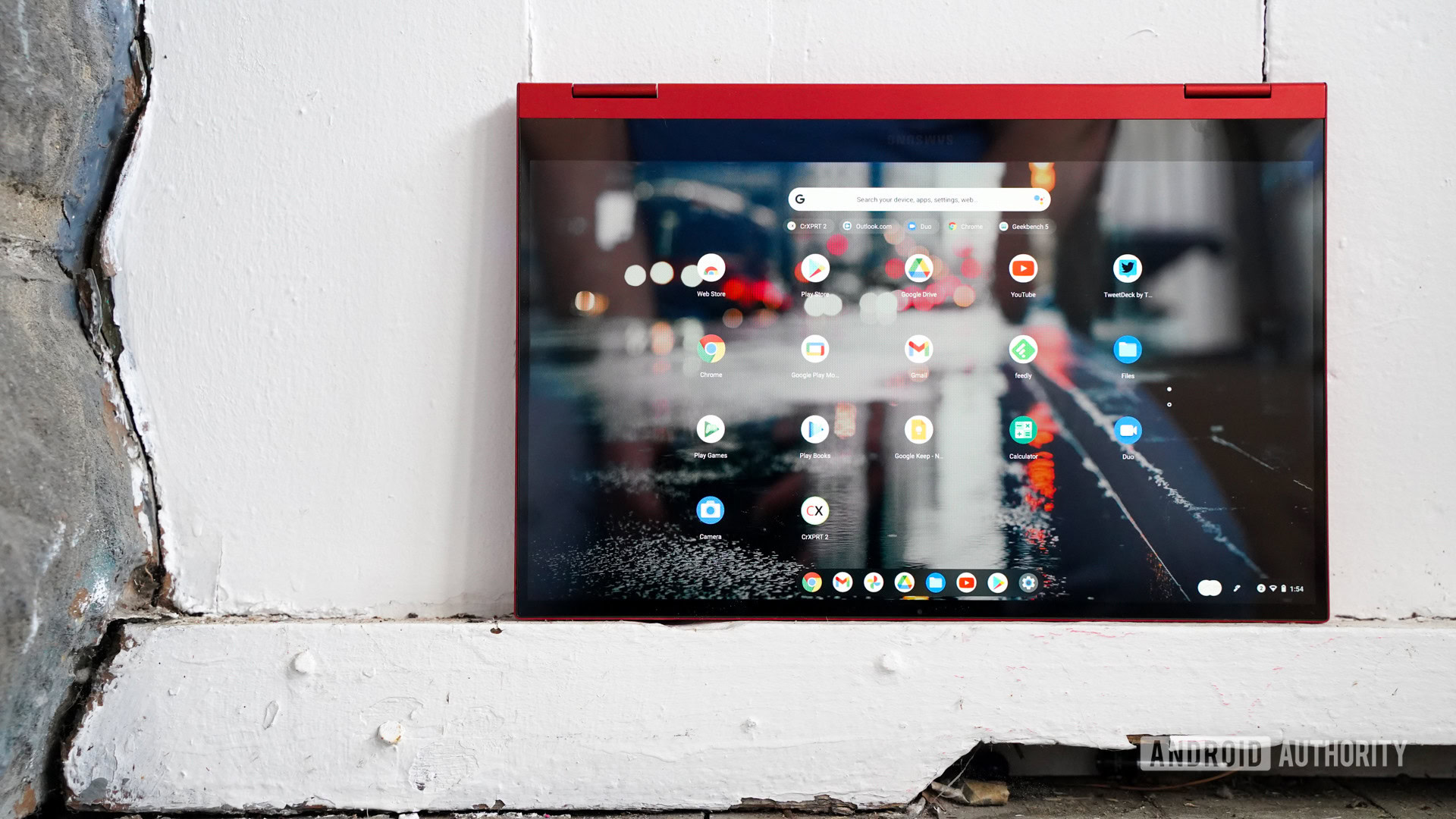
Now that you’ve figured out that your Chromebook supports Linux apps, the next step is to enable Linux on your machine. It’s easy to do and won’t take a lot of time overall, although this depends on how fast your internet speed is and the power of your Chromebook.
- Open the Settings on your Chromebook.
- In the left navigation pane, click the Advanced button. It will expand into a drop-down.
- Click Developers.
- Find the tab in the right pane that says Linux development environment. Click the Turn on button next to it.
- The Linux installation window will pop up. Click Next. Select your preferred disk size, and click Install.
- Once the download completes, a terminal window will open. You can use this window to download Linux apps, which we’ll discuss in the next section.
How to download Linux apps on Chromebooks
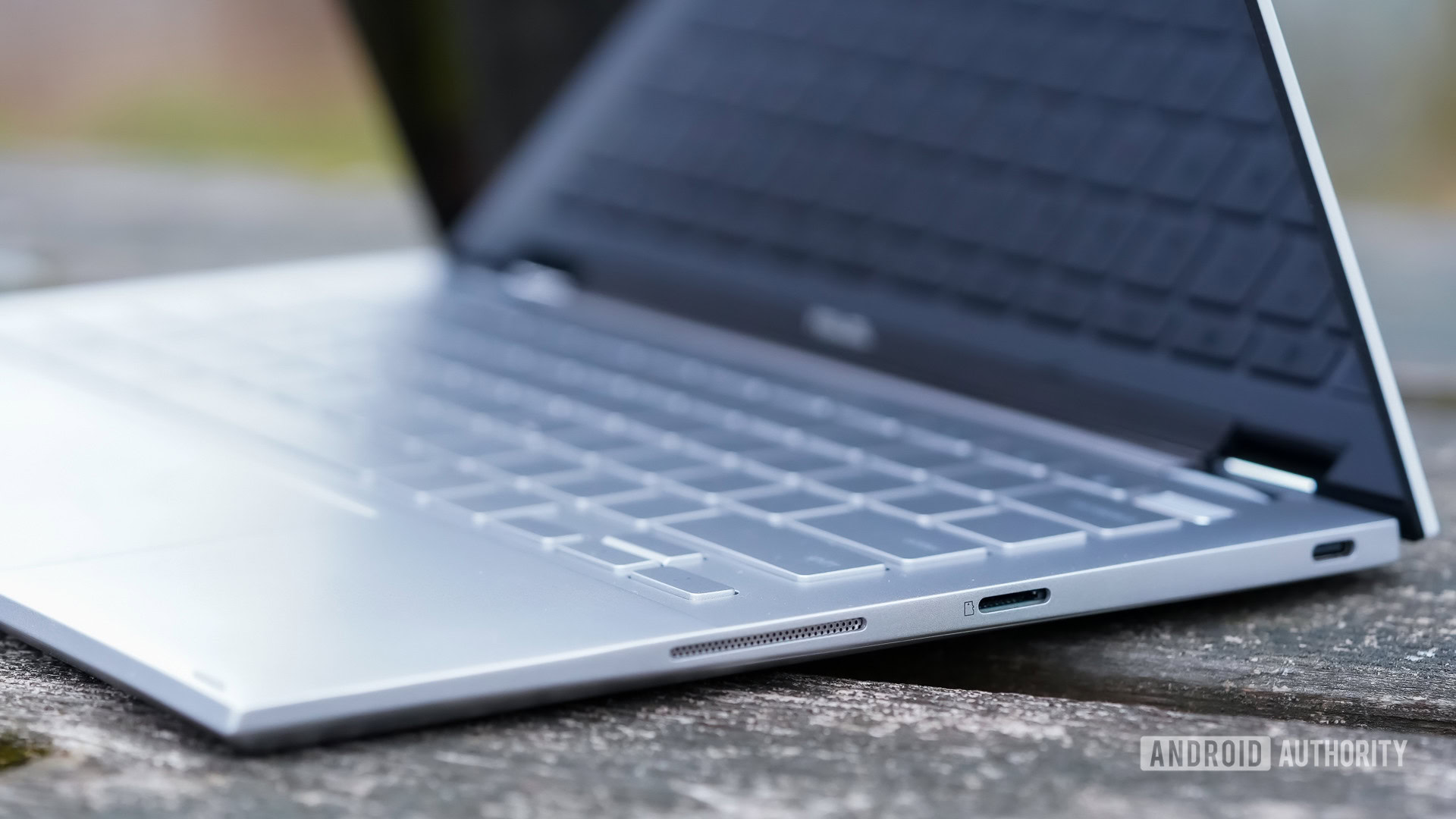
Here’s the part you’ve been waiting for. But before we get into exactly how to download Linux apps on Chromebooks, there’s one more thing to do. To make sure everything runs smoothly, you have to update your packages by entering the command below into the terminal window. Hit Enter after you type/paste it in.
sudo apt-get update && sudo apt-get upgrade -y
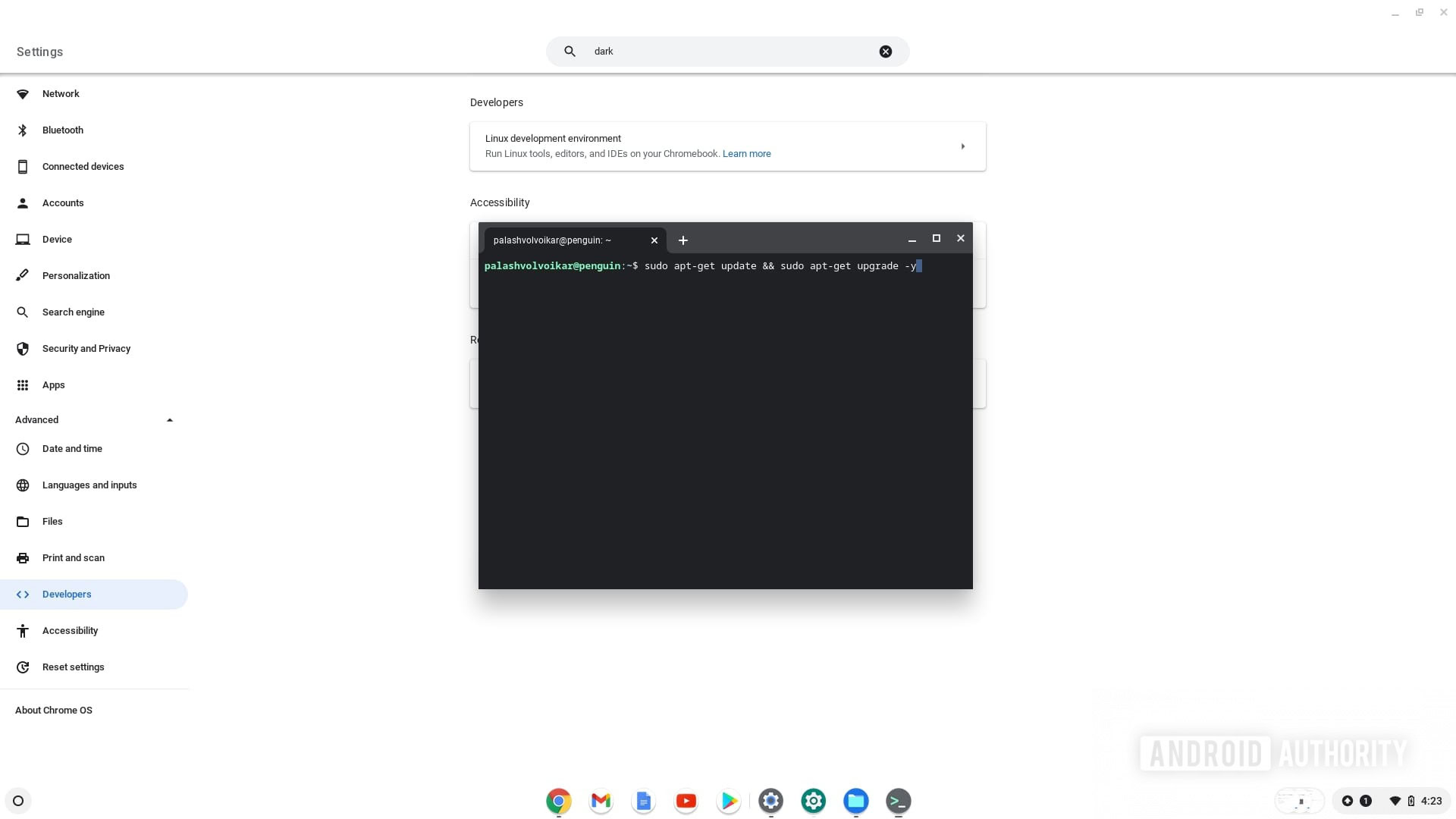
Once that’s done, you can start downloading Linux apps on your device. There are two ways to go about this.
Installing Linux apps via Terminal
To do so, you have to use the command sudo apt-get install app name -y, in which you change the “app name” part with the actual name of the app. For example, if you want to download the popular image editor called Gimp, here are the steps you’d need:
- Open the Terminal app
- Enter the following command and hit enter:
sudo apt-get install gimp -y. Many text lines will appear in the Terminal as the download and installation progress.
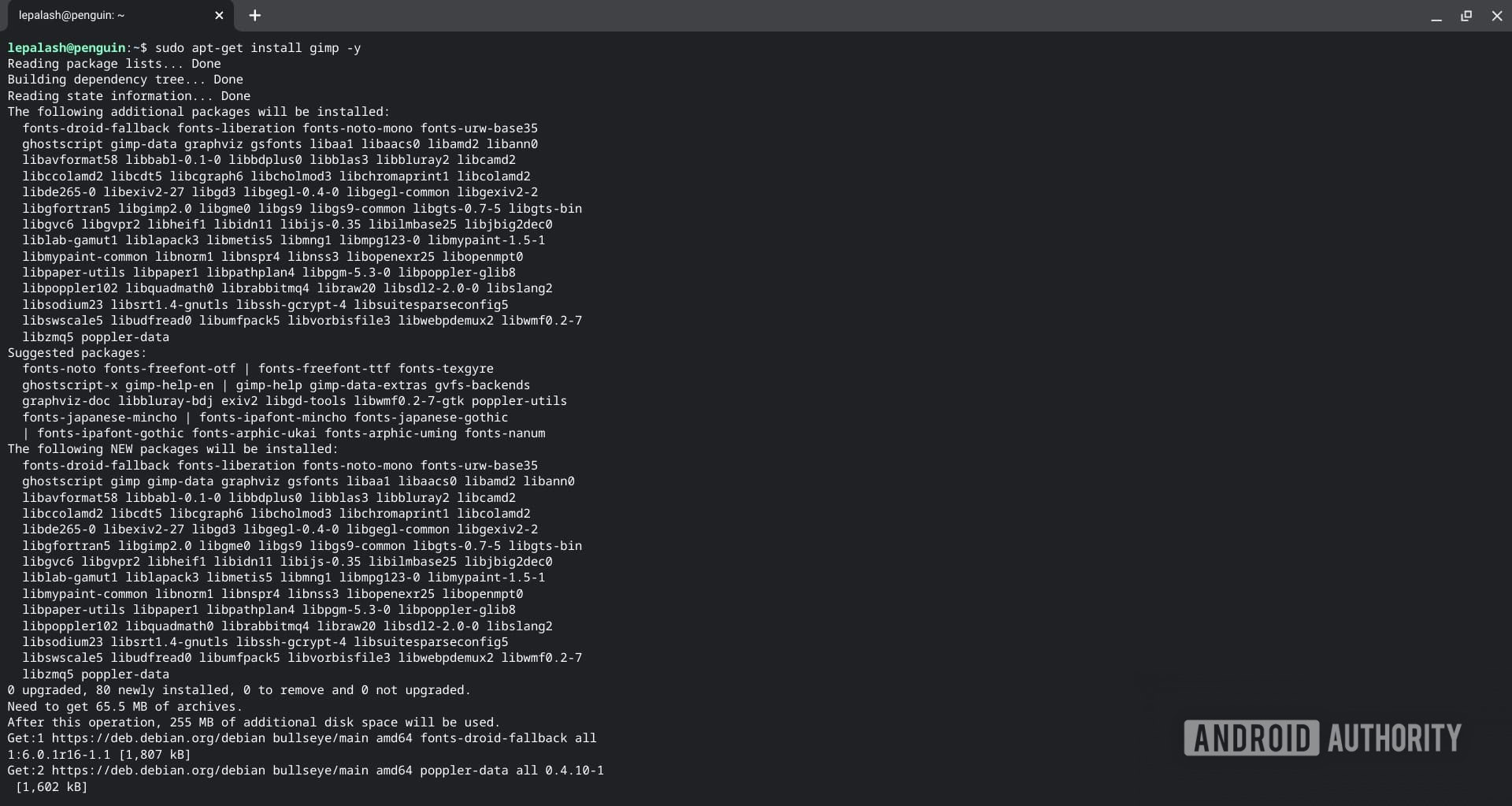
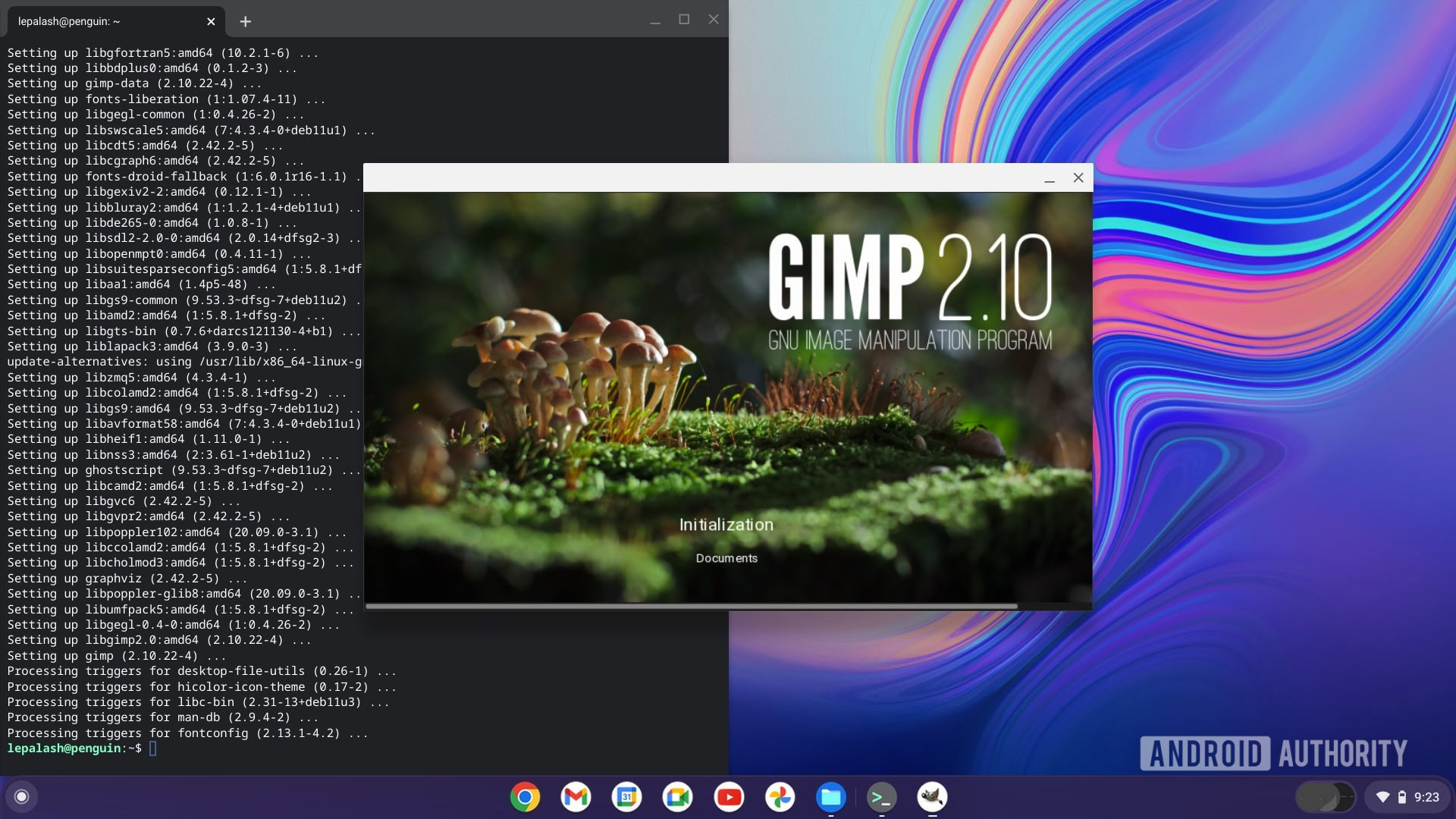
To ensure you’re installing the right apps, you may need to look up the app name commands needed for the apps of your choice on a case-by-case basis.
Installing Linux apps using the .deb file
This is a bit simpler. You can download the .deb Linux installer files directly from the internet for some apps, like Minecraft.
- Once you download a .deb file, find it in your Downloads folder
- Copy the file by pressing Ctrl + C or right-click and Copy.
- Open the Linux files folder from the left navigation pane and paste it into the folder. Double-click the file to run.
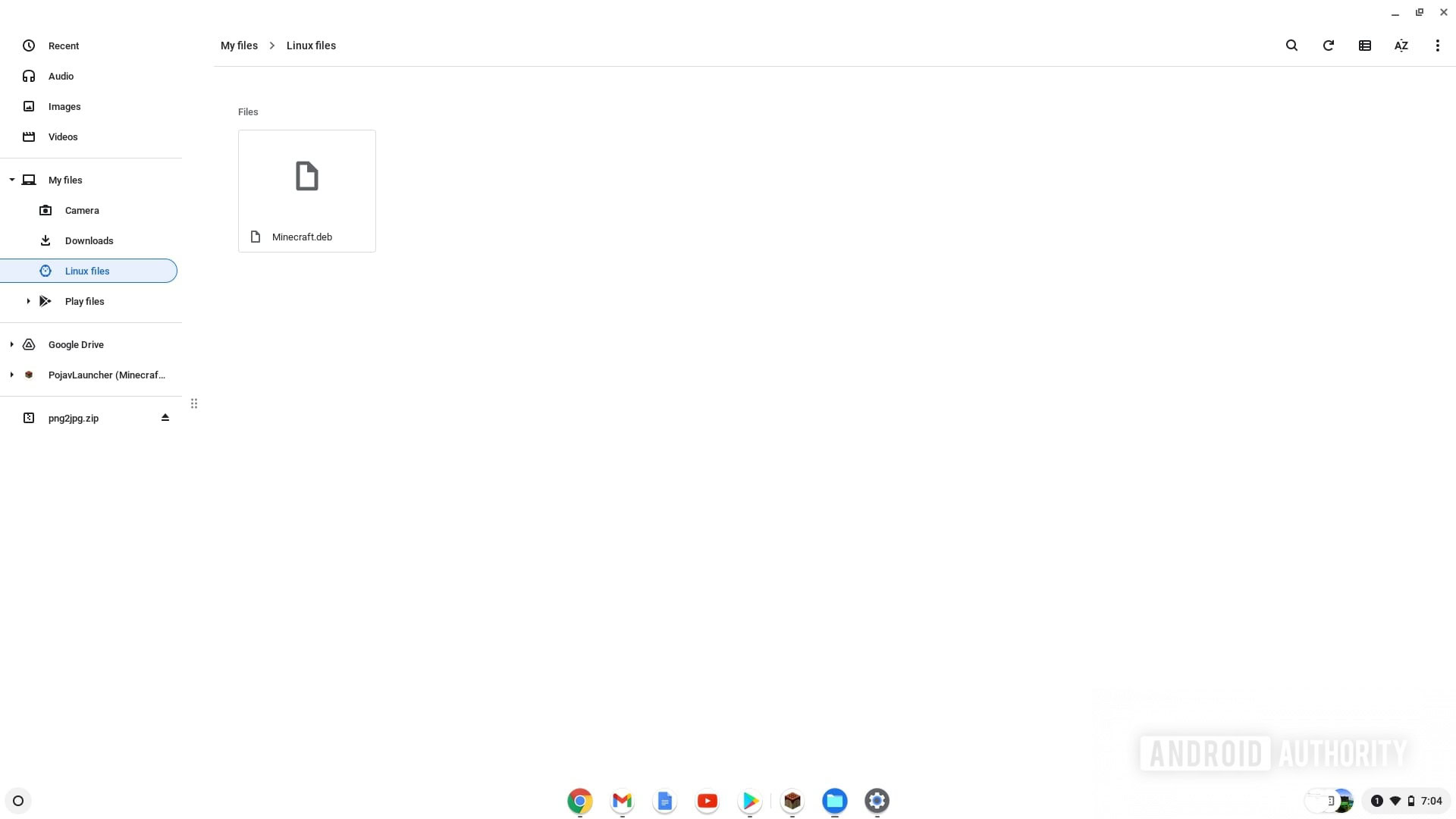
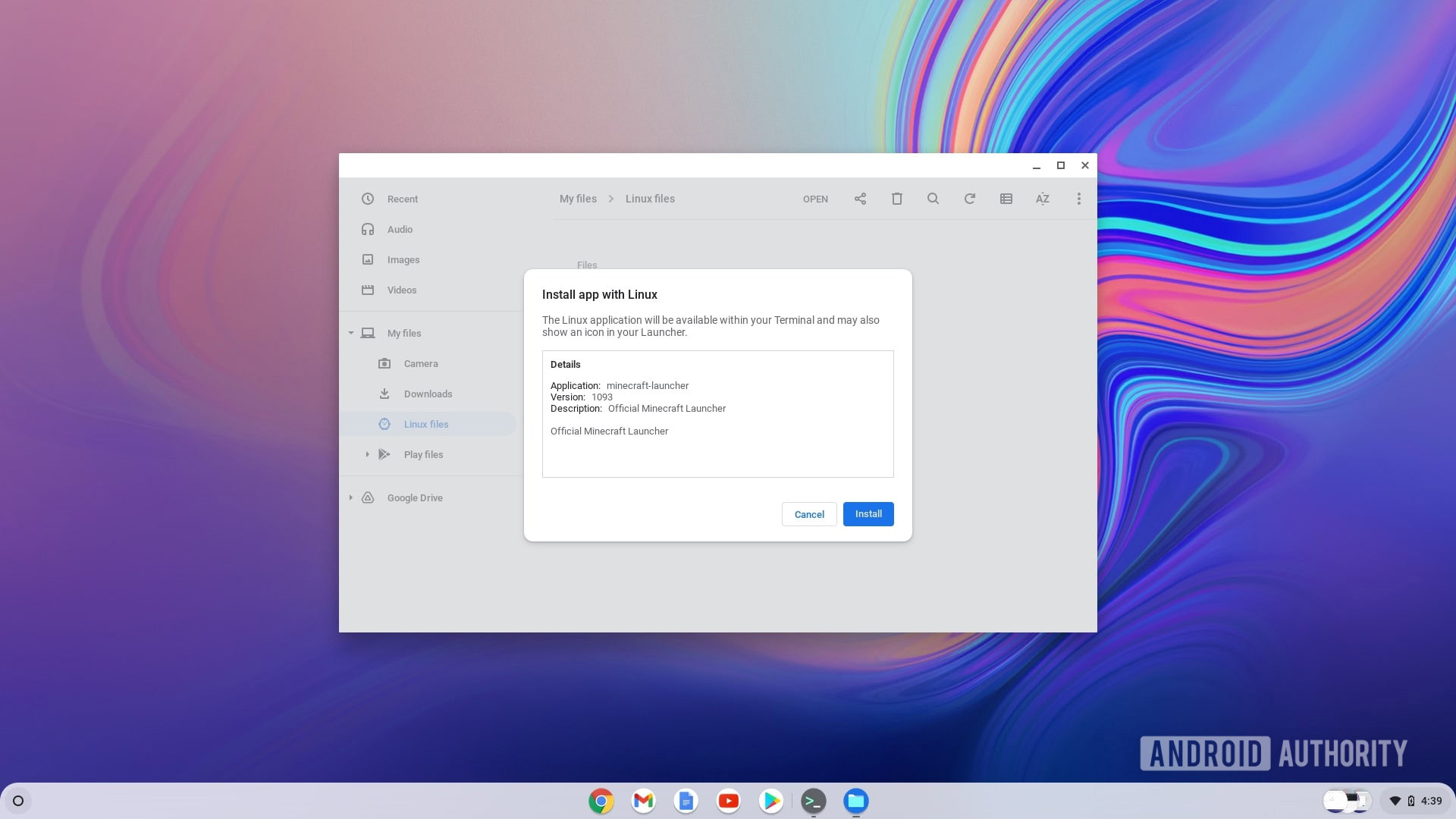
The best Linux apps for Chromebooks
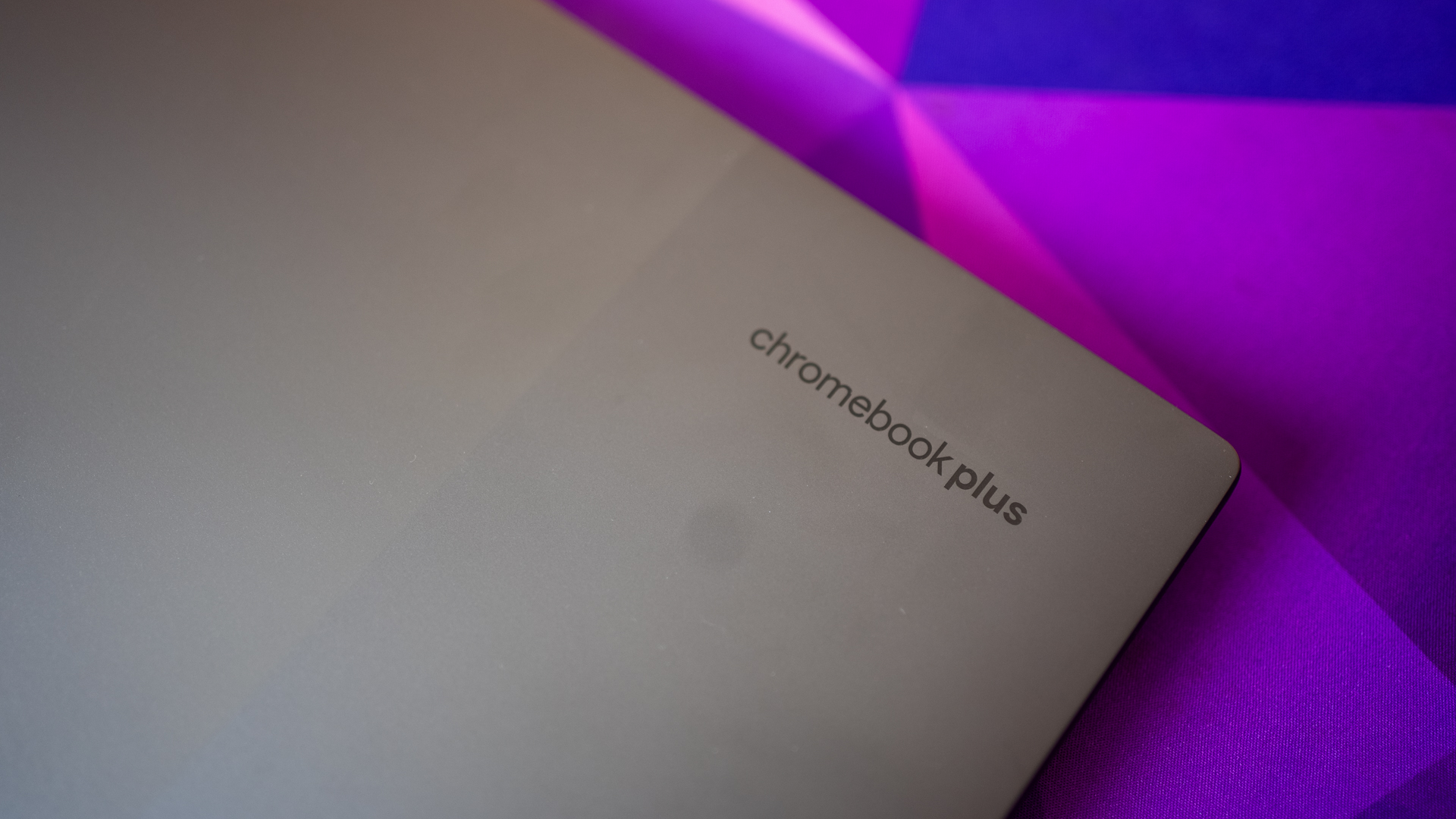
In addition to the already mentioned Gimp, several other great Linux apps are available to download. We’ll let you discover them on your own, but to get you started and give you a little taste of what to expect, we’ve listed a few popular Linux apps below and commands you can use to download them. Like the update command in the last section, all you have to do is enter these commands into the terminal, press Enter, and follow any instructions.
- LibreOffice: An alternative to Microsoft Word, LibreOffice includes a word processor, a spreadsheet program, and a presentation tool, among other things. Install it with
sudo apt install libreoffice libreoffice-gtk3 -y - Qbittorrent: This is a free Torrent client that allows you to download and upload files easily. Install it with
sudo apt-get install qbittorrent -y - FileZilla: If you want to move files from your device to a remote server, an app like FileZilla makes the process faster. Install it with
sudo apt-get install filezilla -y - Evolution: If you want to use a desktop email client instead of a web-based one, the Evolution Linux app is for you. Install it with
sudo apt-get install evolution -y - Audacity: This advanced audio editor and recorder can come in handy when playing around with various audio files. Install it with
sudo apt-get install audacity -y
How to play Linux games on a Chromebook
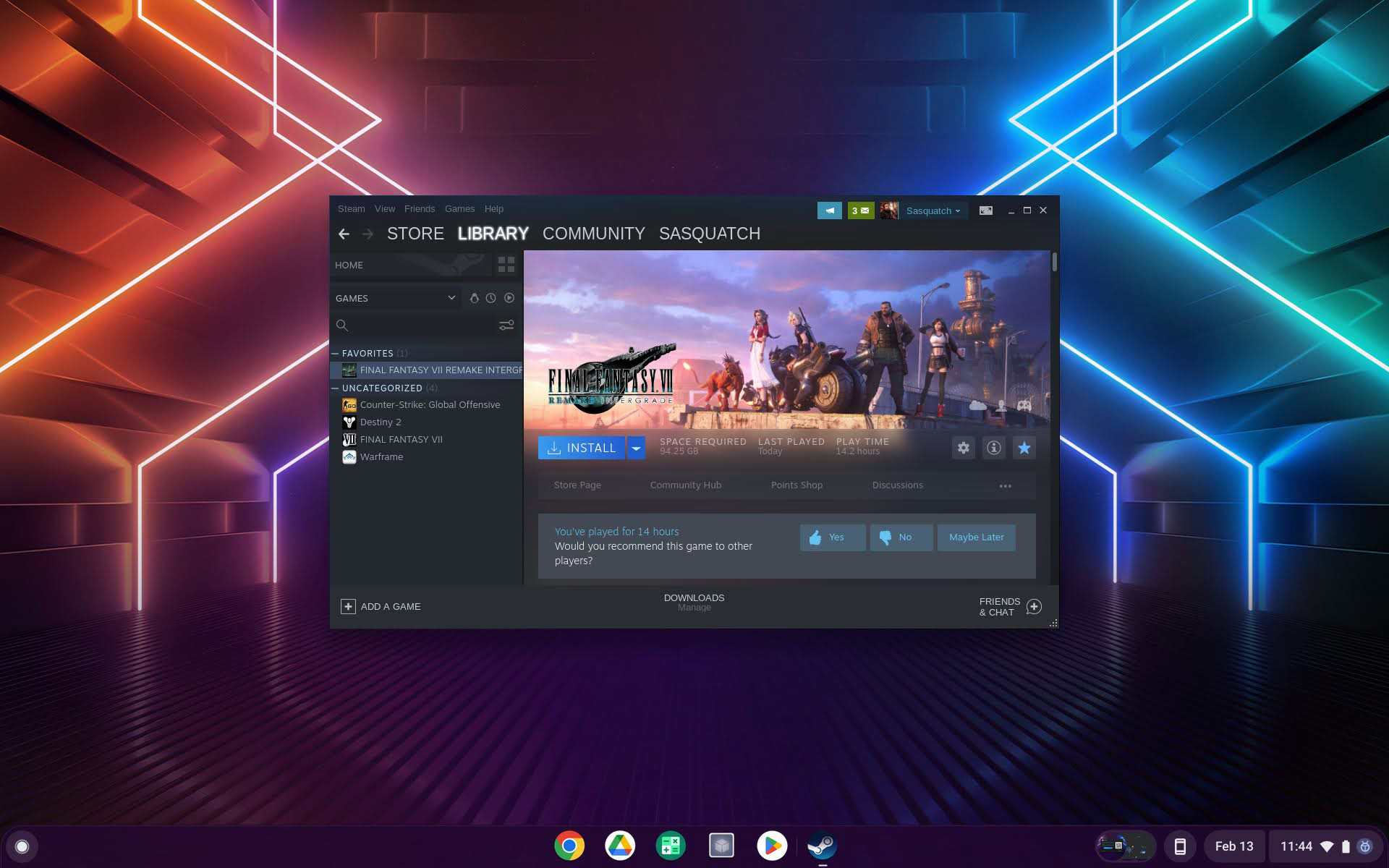
If you’re looking to play Linux games on your Chrome OS device, you may be left disappointed as it’s not a very straightforward process and even after that, things may not work as expected. This holds true even if you own a powerful device as Chrome OS wasn’t built with gaming in mind. That said, here are a few methods you can try to play (Linux) games on your Chromebook:
- Install the official Steam for Chrome OS app. Keep in mind that this is a beta and only select Chromebooks qualify.
- Stream Xbox Game Pass games via a web browser.
- Enable the Linux environment as outlined in the above sections. Then, install Steam as you normally would within any other Debian system. Follow the instructions outlined in the Debian wiki.
Most Chrome OS devices don’t include powerful graphics hardware, so start with less demanding titles. In my experience, 2D games like Terraria work without a hitch on Intel Core and AMD Ryzen processors. However, you will notice slowdowns in more demanding 3D titles even from half a decade ago.
FAQs
To enable Linux apps, open Settings -> Advanced -> Developers and tap Turn on next to the Linux developer environment tab.
Yes, most modern Chromebooks can run Linux apps. Your device must be updated to Chrome OS 69 or higher.
In order to install Linux apps on a Chromebook, you first need to enable the Linux subsystem. Then, either download an app package or use the apt-get command to install Linux apps as described in this article.
To uninstall Linux apps on a Chromebook, right-click on the app and select Uninstall. Alternatively, you can use apt-get remove app_name from the command line.